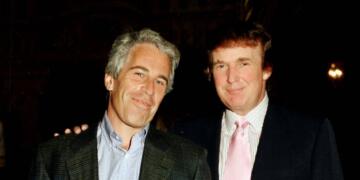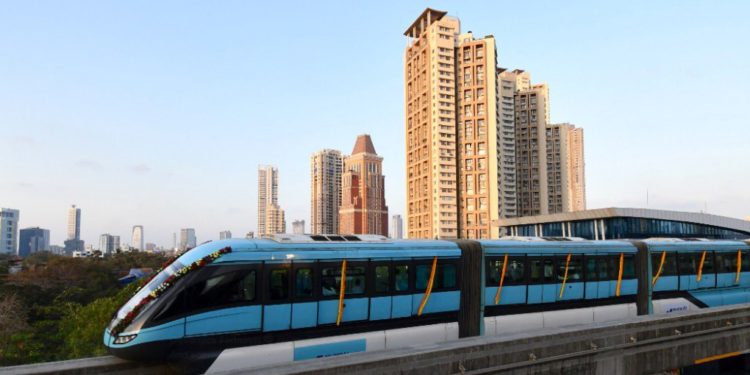The 11.28-kilometre long second phase of Mumbai Monorail network was flagged off by Maharashtra Chief Minister Devendra Fadnavis on Sunday. After the inauguration of the second phase, the monorail would provide last mile connectivity from Chembur to Jacob circle. The 8.93 km long first phase was started in February 2014. The first phase was built and operated by Larsen & Toubro and Malaysian firm Scomi Engineering. The whole monorail project is being implemented by the Mumbai Metropolitan Region Development Authority (MMRDA).
“The first 8 km route which got commissioned in 2014 was used as a mere joyride because there was no last mile connectivity. But now, with the commissioning of the second phase, it will no longer remain a joyride but passengers can now use it for a hassle free commute,” said Fadnavis. He also talked about how connectivity is very important in the process of urbanization of the country and expected an increase in ridership from 4.5 lakh to 30 lakh in the upcoming months. “In the process of urbanization, the most important element that needs to be addressed is mobility. It is necessary to develop an efficient and sustainable public transport system. In Mumbai we have a strong suburban railway system, and with the projects like monorail and metro network, we will be able to develop sustainable mobility,” CM Fadnavis added.
Although the second phase of Mumbai Monorail is functional, the public investment in infrastructural needs of Mumbai is negligible in comparison to its requirements. The ‘local trains’ which are considered lifeline of the city carry three times more passengers than their capacity. The sewage system and roads in northern Mumbai are as pathetic as any tier III city of the country. However, since the BJP government came to power at the centre and in the state, public investment in infrastructure has witnessed a boost.
Fadnavis government had announced Bandra-Versova sea link with an estimated cost of 6,993.99 crore rupees in August last year. It would be thrice the length of the highly successful Bandra-Worli sea link. The newly proposed sea link will divert the whole traffic of Versova to Worli from road to bridge. It will decongest roads, enhance connectivity and save time for the commuters as well. Mumbai Trans Harbour Link (MTHL), 21.8 km Freeway Bridge to connect Mumbai and Navi Mumbai is another big project that has the capacity to change the face of the city. The Delhi-Mumbai Industrial Corridor and Underground Metro are the two other big-ticket projects which may help to rejuvenate the ailing infrastructural sector of the city. However, the most promising project aimed at changing the face of the city is Mumbai Metro.
Mumbai Metro Rail Corporation Ltd is a joint venture between the central government and state government. The 3.3 billion dollar ‘Metro Line 3’ is Mumbai’s first underground train and is expected to be completed by 2021. The 20 miles underground metro is just a small portion of the total 170 miles of metro line expected to be completed by 2024. So far, 9 miles of the project has been completed. The project was started in the year 2016.
The combined effort of BJP governments in Maharashtra and centre will solve the infrastructural woes of the city. A city which gives so much to the country and which is often used as a showcase of India’s development story certainly deserves more attention. The government collects 30 percent of taxes from Mumbai and therefore the city deserves a fair share of this. The allocation of money for sea link and the metro line is a good step in the direction but much more needs to be done. If the city is given world class infrastructural facilities, it would propel the growth of the country.































